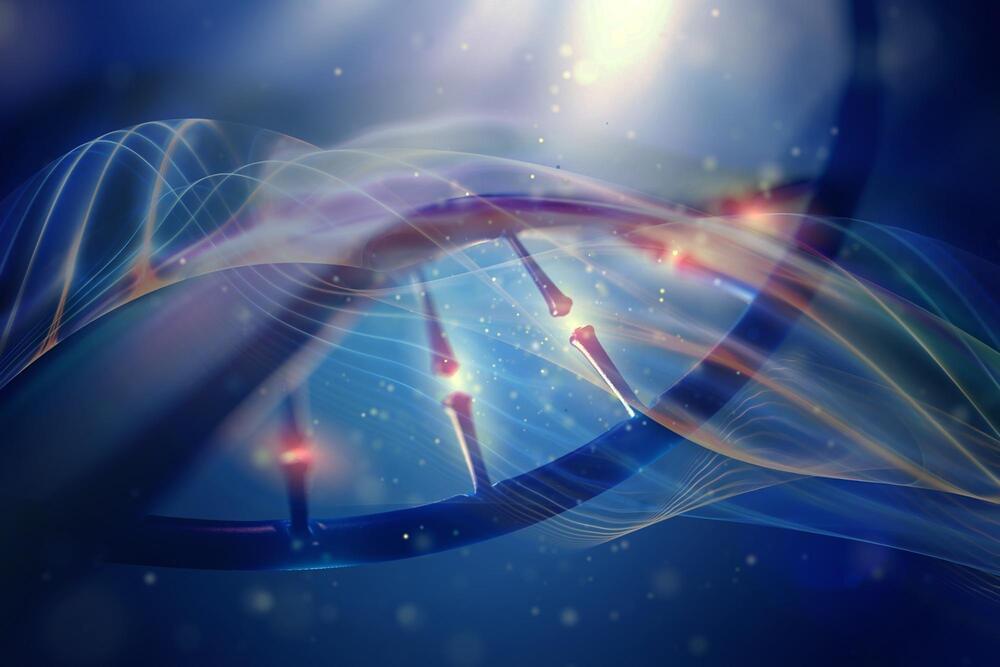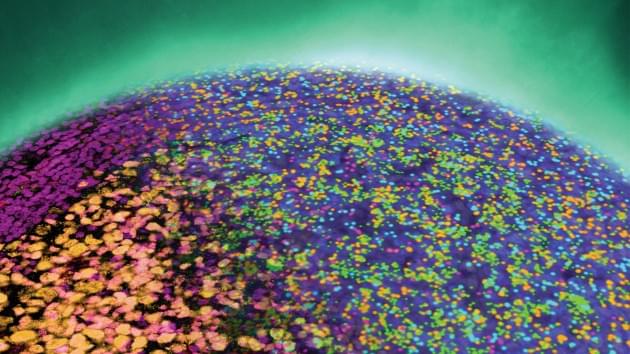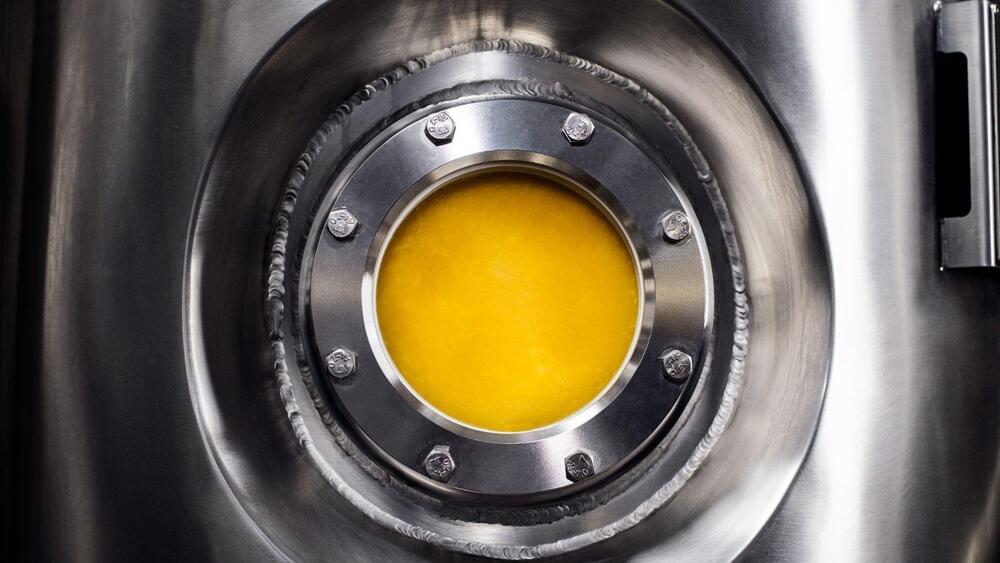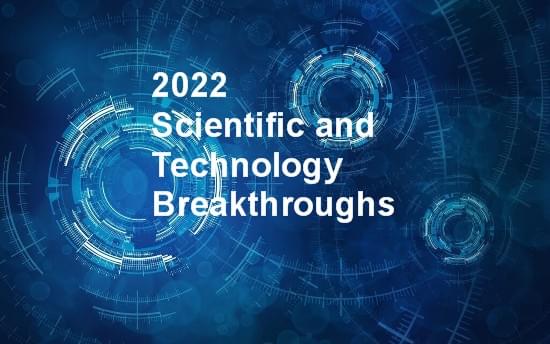A new study by researchers at the University of Nottingham has shed light on the complexity of our ancient ancestors, solving an important piece of the animal evolution puzzle.
A new study by researchers at the University of Nottingham has revealed that our ancient ancestors were more complex than originally thought, solving an important piece of the animal evolution puzzle.
In the distant past, animals underwent a significant evolution by developing bilateral symmetry and two gut openings. This allowed them to move faster through the early seas, find food and extract nutrients more efficiently, and protect themselves from predators. The success of this trait can be seen in the diverse range of animals that still possess bilateral symmetry and two gut openings today, including humans, starfish, sea cucumbers, elephants, crickets, and snails. Additionally, a group of simple marine worms called Xenacoelomorphs also exhibit this trait, despite lacking the complex features of other animals.






